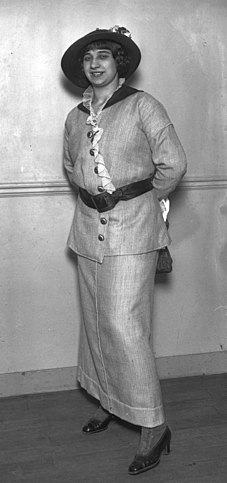Every now and then I read a book and want to dispense with
blogging and write something quick like, “Just read the book, you’ll enjoy it.” That’s how I feel about Xu Zechen’s Running through Beijing, which I read in
Eric Abrahamsen’s translation from the Chinese: the novel offers a wonderfully concise portrayal of purveyors of false identities and DVDs, all told with
gentle humor and atmospheric details that feel real and precise rather than showoffy
or gratuitous.
 Running through Beijing
begins when a man, Dunhuang, is released from prison into the fine grit of a
dust storm. He makes his way back to Beijing after serving three months for
selling fake IDs and has little other than his resolve to earn money so he can
set his partner, Bao Ding, who took the fall, free from a longer sentence. Soon
after arriving in the city, Dunhuang meets a DVD seller, Kuang Xia, and they
quickly fall into a romance of sorts—she’s separated (kind of) from her DVD
supplier, Kuang Shan—that gets off to an auspicious start when Dunhuang scams
the owners of a hotpot restaurant where they go to eat and drink.
Running through Beijing
begins when a man, Dunhuang, is released from prison into the fine grit of a
dust storm. He makes his way back to Beijing after serving three months for
selling fake IDs and has little other than his resolve to earn money so he can
set his partner, Bao Ding, who took the fall, free from a longer sentence. Soon
after arriving in the city, Dunhuang meets a DVD seller, Kuang Xia, and they
quickly fall into a romance of sorts—she’s separated (kind of) from her DVD
supplier, Kuang Shan—that gets off to an auspicious start when Dunhuang scams
the owners of a hotpot restaurant where they go to eat and drink.
On many levels, Running
through Beijing doesn’t feel particularly remarkable: it simply tells the
story of Dunhuang’s romances and business dealings, describing his trips around
town on a bicycle (which is stolen in more ways than one) and, of course,
running. What’s interesting is the texture of the novel, by which I mean more
than just the elements—the basement bunk and backyard shed Dunhuang rents as
housing, or the shadow economy and markets for various types of pirated goods—that
are obviously foreign for an American reader like me who has never been to
China. There is all that dust and blurriness, there is the feeling of “a year
of bad omens” because everyone’s in jail, and there are all the movies Dunhuang
sells and even begins to watch. Among them, of course, are The Bicycle Thief and Run,
Lola, Run. It’s no wonder Two Lines Press made a movie card to send with
the book. The online
DVD playlist lacks a Bollywoodesque cover so isn’t as stylish but it does
have links to video.
What appealed to me most in Running through Beijing, though, might be its most universal layer:
continuums of fake and real. Is the love real or only for convenience? What
about the friendships? The IDs are fake, and so are the DVDs, which all contain
movies that imitate life (or maybe vice versa?). Then there are the porn DVDs,
which show what, exactly? There are also loyalties, particularly Dunhuang’s for
Bao Ding, who hardly seems to care. And we have the characters’ identities, too,
the stuff not printed on official (or pirated) cards. Here’s a brief passage from
when Dunhuang passes himself off as a doctoral student in film while he’s
living in the basement. One of his roommates is a philosopher, and Dunhuang
gets nervous:
It was all a big lie, for one thing. For another, of all the academic subjects that hinged on the Chinese language, philosophy was the one he respected the most. That instinctual reverence began while he was studying at his miserable vocational school. He had no idea how you did philosophy. It was mystery upon mystery; you couldn’t see it or touch it, and as far as he was concerned it was no different from witchcraft or sorcery.
Finally, I thought Eric Ambrahamsen’s translation read
nicely, with crisp, clear dialogue, and that gentle humor I mentioned earlier.
Best of all, he finds nice momentum in short sentences to keep the narrative
running along, something that’s not always easy.
Disclaimers: I
bought Running through Beijing under
a Two Lines Press subscription plan. I published one of my first translations (a
story by Margarita Khemlin) with Two Lines a few years ago, in the Counterfeits issue of their “World Writing in Translation”
series. Two
Lines subscriptions, by the way, are very affordable!
Up Next: My trip
back to the Middle Ages begins with John L’Heureux’s art-heavy The Medici Boy and then, OMG, there’s Erika
Johansen’s schlockily sociological The
Queen of the Tearling, which attempts, not very successfully, to give
dystopia a medieval feel with contemporary sensibilities.



